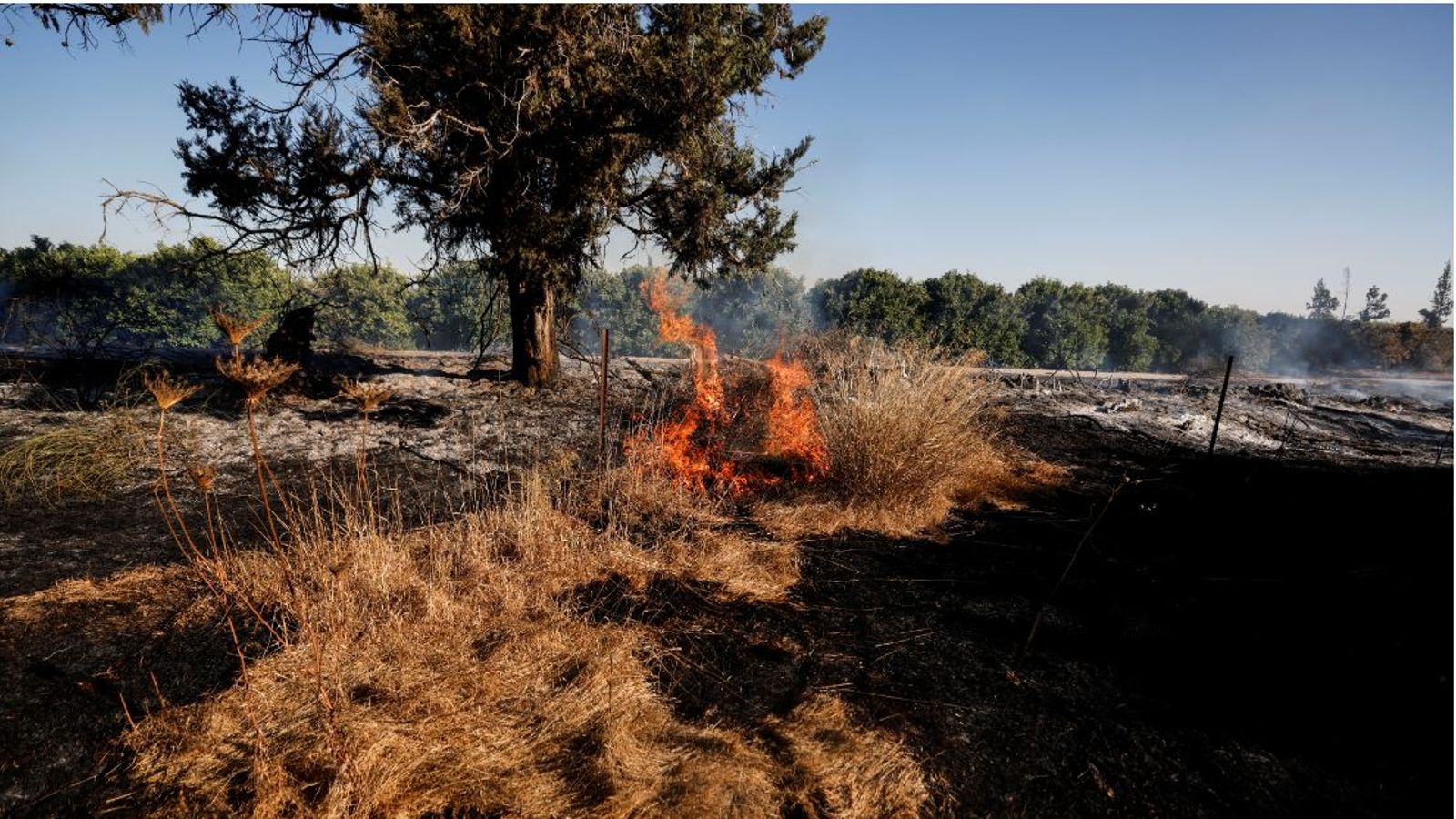After twelve days of conflict and almost four weeks of ceasefire, the tit-for-tat exchanges in Gaza and Israel last night would appear worrying on the face of it.
However, this is almost certainly more to do with recent political events than a return to sustained violence.
On Sunday, Israel‘s parliament approved, by one vote, the formation of a new coalition government, bringing to an end more than a decade of rule by Benjamin Netanyahu.
Please use Chrome browser for a more accessible video player
The coalition is extremely fragile, made up of eight parties from across the political and religious spectrum, brought together with only a single unifying cause: to oust Netanyahu.
Officially, Hamas’s actions last night were in response to a march by Israeli nationalists through parts of occupied East Jerusalem, but in reality this was more likely an excuse for an early test of that new government.
It is notable that Hamas sent incendiary balloons, rather than rockets, into Israel – these balloons carry containers of burning fuel and have been a common weapon for Hamas in recent years.
Last night’s balloons sparked some harmless fires, but harmed no one. Rockets would have been altogether more inflammatory.
In return, Israel had to retaliate – not doing so would make it appear weak from day one and could open up future attacks from Hamas.
Significantly, there have been no reported casualties in Gaza.
Israel appears to have chosen its targets deliberately to send a message; loss of life would have risked escalation and neither side wants or needs that right now.
The Israeli government has additionally sent a message through Egyptian intermediaries warning Hamas against any further action – Egypt brokered and took credit for the recent ceasefire and they will be as keen as anyone to make sure it holds.
The air raids might have lasted little more than 10 minutes last night but for people living in Gaza it is a reminder of the fragility of this ceasefire.






















